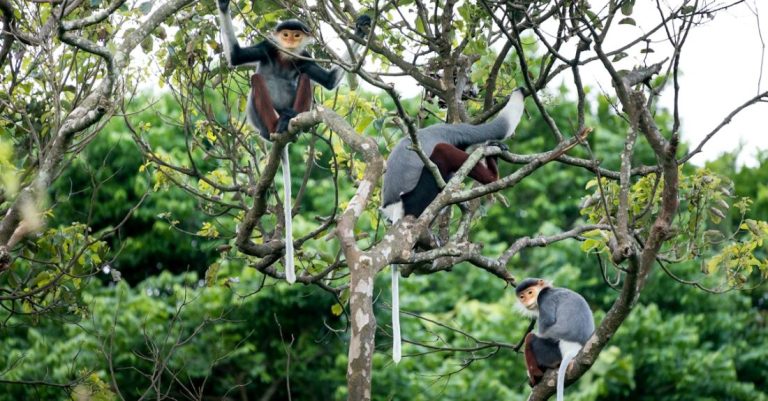
Biodiversity is crucial for the health of our planet, as it encompasses the variety of life forms on Earth, from plants and animals to microorganisms. Promoting biodiversity is essential to maintaining ecosystem balance and resilience. However, with the increasing threats of habitat destruction, climate change, pollution, and other human activities, it has become more important than ever to take action to protect and enhance biodiversity. Fortunately, there are several effective ways to promote biodiversity that individuals, communities, and governments can implement.
Preserve and Restore Natural Habitats
One of the most effective ways to promote biodiversity is to preserve and restore natural habitats. This includes protecting existing forests, wetlands, grasslands, and other ecosystems from deforestation, urbanization, and other forms of land degradation. By conserving these habitats, we can help maintain the diverse array of plant and animal species that depend on them for survival. Additionally, restoring degraded habitats can help create new opportunities for species to thrive and increase overall biodiversity levels.
Promote Sustainable Land Use Practices
Adopting sustainable land use practices is another key strategy for promoting biodiversity. This involves practices such as organic farming, agroforestry, and integrated pest management that minimize the negative impacts of agriculture on natural ecosystems. By reducing the use of harmful chemicals and preserving natural vegetation within agricultural landscapes, we can help support a healthier environment for both wildlife and humans. Sustainable land use practices also contribute to soil health, water quality, and overall ecosystem resilience.
Reduce Pollution and Waste
Pollution and waste pose significant threats to biodiversity by contaminating habitats, harming wildlife, and disrupting ecosystems. To promote biodiversity, it is essential to reduce pollution and waste at the individual, community, and industrial levels. This can be achieved through measures such as recycling, reducing plastic use, conserving water, and adopting clean energy technologies. By minimizing our environmental footprint, we can help create a healthier environment for all living organisms to thrive.
Support Conservation Efforts
Supporting conservation efforts is a critical way to promote biodiversity on a larger scale. This includes funding and participating in conservation projects, supporting protected areas, and advocating for wildlife protection laws. Conservation organizations play a vital role in preserving threatened species, restoring habitats, and raising awareness about the importance of biodiversity. By contributing to these efforts, we can help safeguard the future of our planet’s diverse ecosystems and species.
Create Biodiversity-Friendly Gardens
Individuals can also promote biodiversity by creating biodiversity-friendly gardens in their own backyards. This involves planting a variety of native plants, providing food and shelter for wildlife, and avoiding the use of pesticides and herbicides. Biodiversity-friendly gardens attract pollinators, birds, and other beneficial species, creating mini-ecosystems that contribute to overall biodiversity levels. By transforming urban spaces into havens for wildlife, we can help offset the loss of natural habitats and support local biodiversity.
Conclusion: Embrace Biodiversity in Everyday Actions
Promoting biodiversity is not just the responsibility of governments and conservation organizations; it is a collective effort that requires action at all levels of society. By preserving natural habitats, promoting sustainable land use practices, reducing pollution and waste, supporting conservation efforts, and creating biodiversity-friendly gardens, we can all contribute to safeguarding the rich tapestry of life on Earth. Embracing biodiversity in our everyday actions is key to ensuring a sustainable future for generations to come. Let’s take the necessary steps to protect and promote biodiversity, for the well-being of our planet and all its inhabitants.





